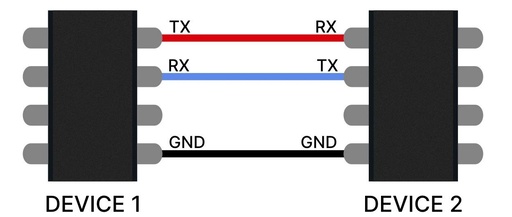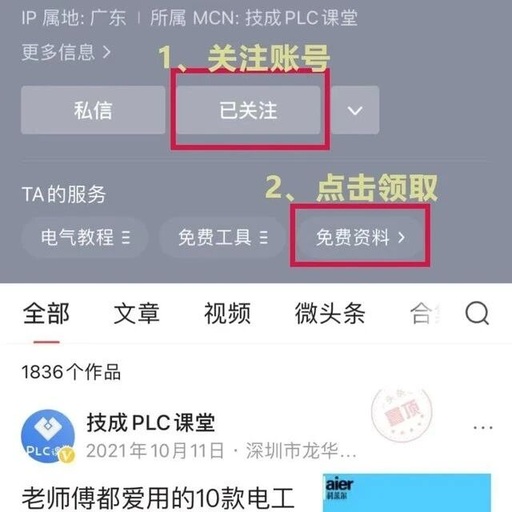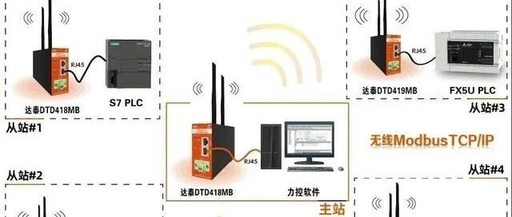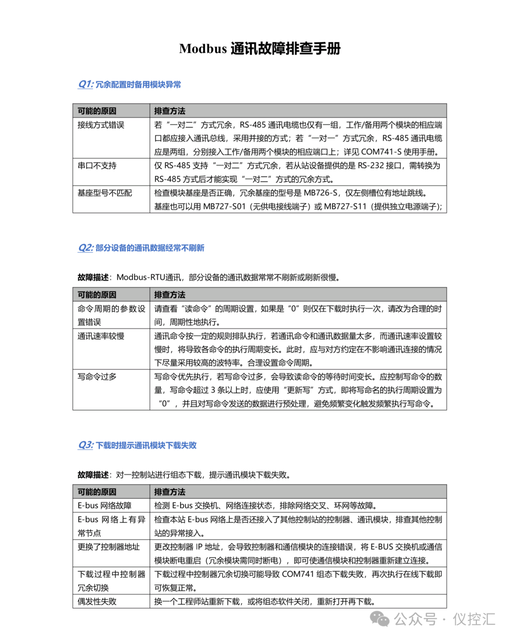Understanding UART Communication
Various communication protocols are used in automotive ECUs. Previous articles introduced several serial communication methods, such as: Understanding the SPI Protocol: Principles, Architecture, and Applications Understanding the I2C Communication Protocol Understanding the Differences Between I2C and SPI Buses Chassis Domain Control: Have You Heard of AK and PSI5? In this article, we will introduce another … Read more









